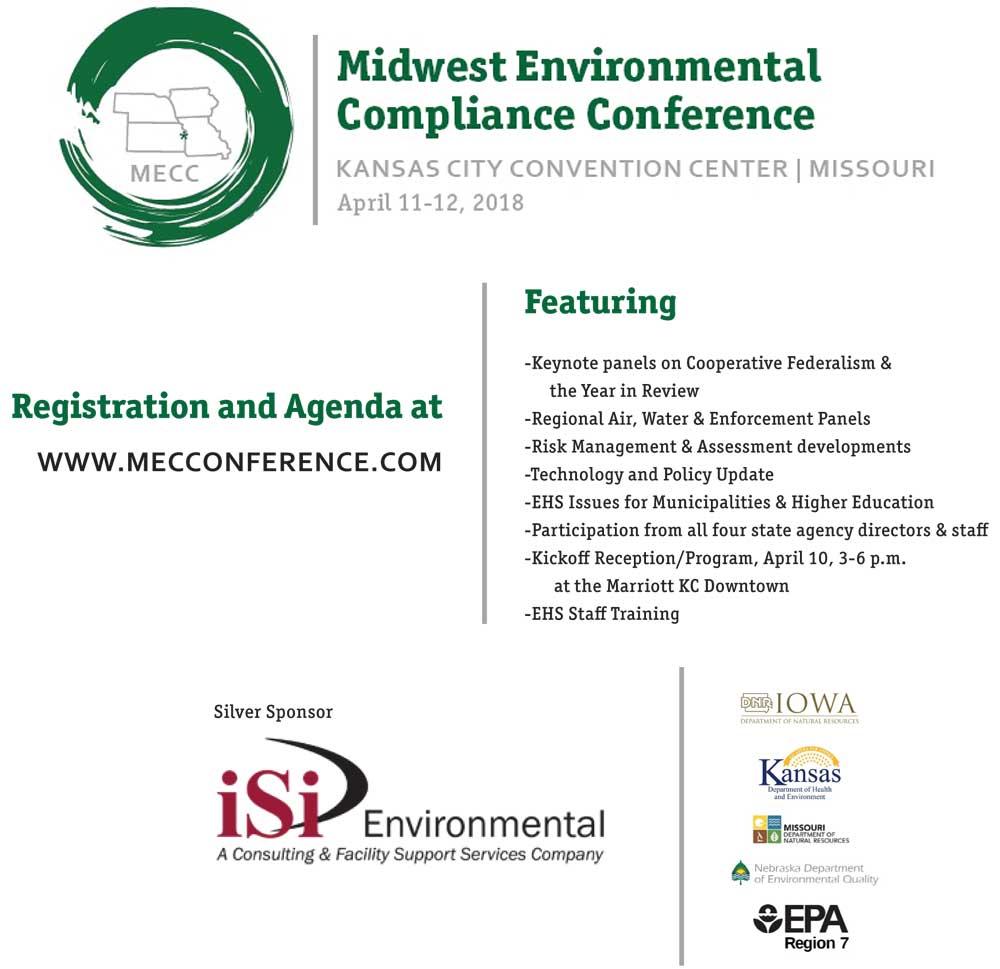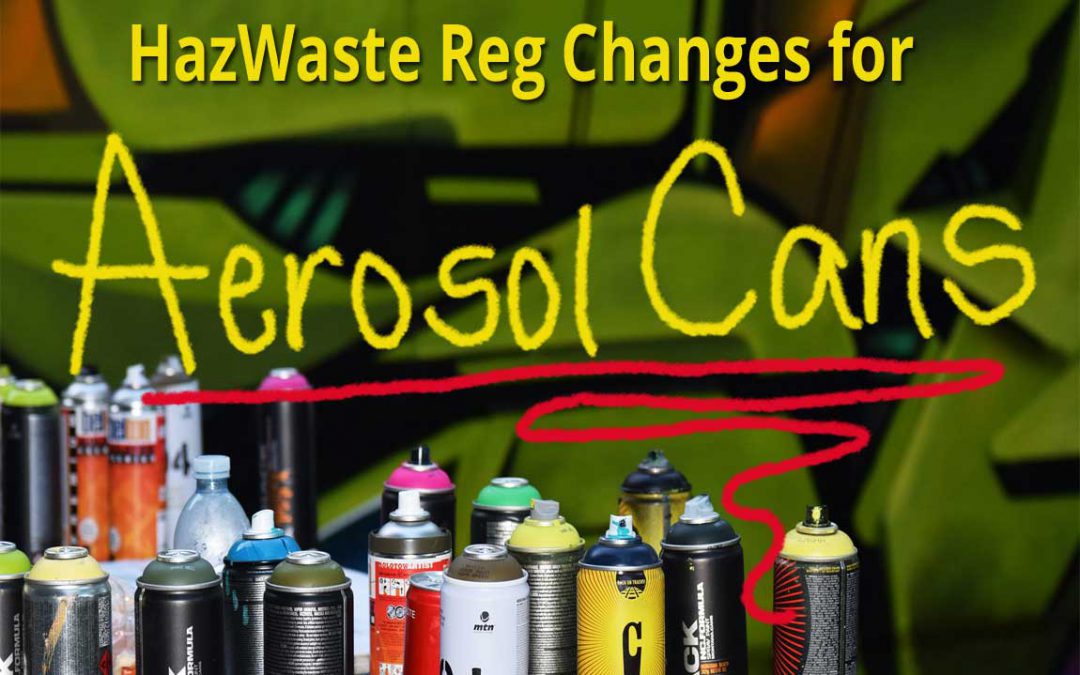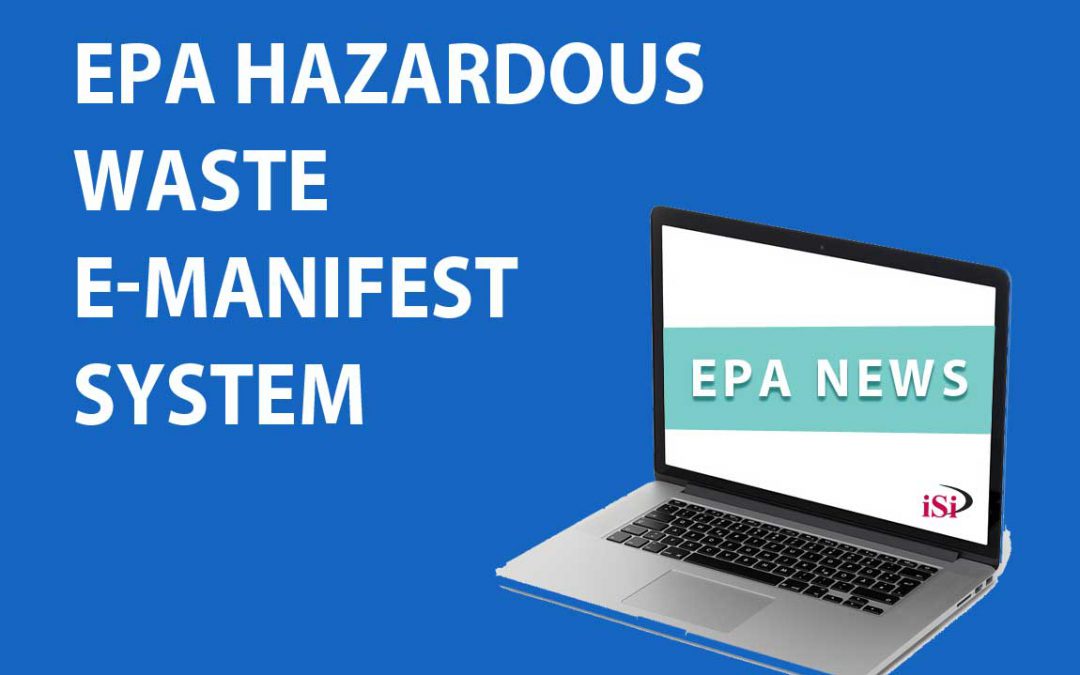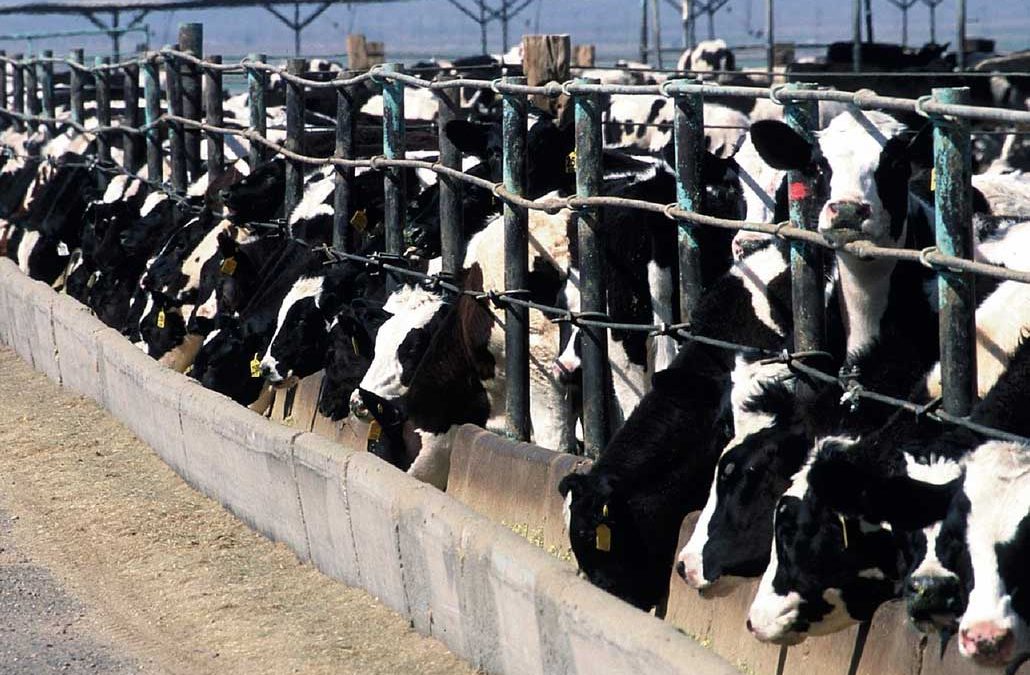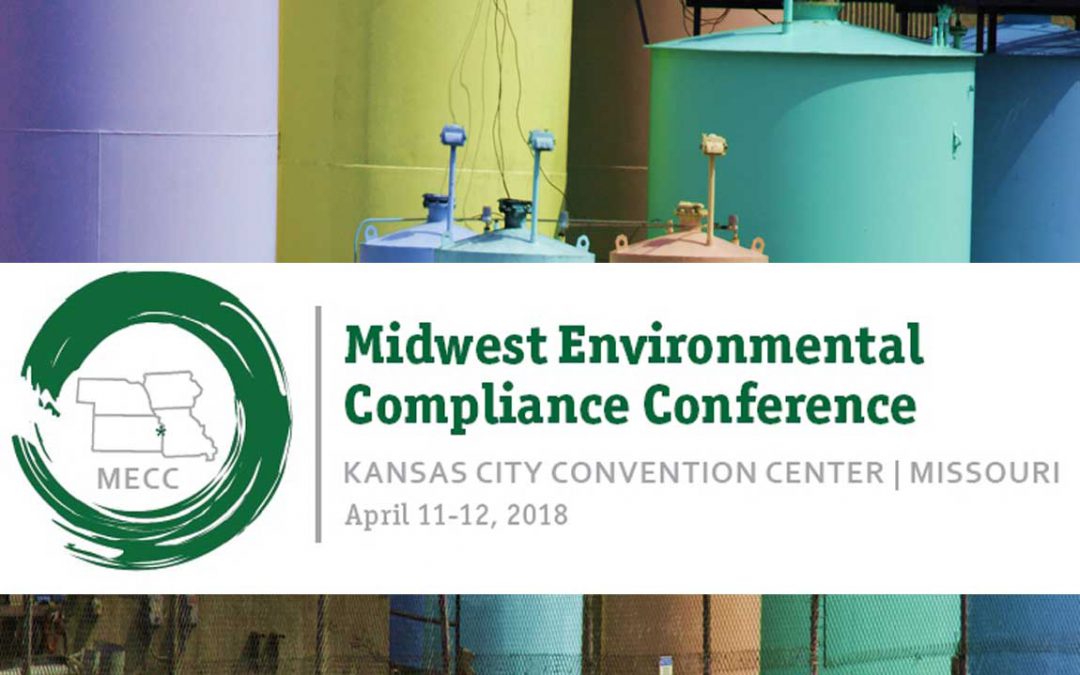
iSi to Discuss SPCC’s Substantial Harm Criteria at Environmental Conference

Rohn Hamilton, P.E.
iSi’s Rohn Hamilton, P.E. will be presenting Ramifications of Triggering “Substantial Harm” Within the SPCC Plan at this year’s Midwest Environmental Compliance Conference.
SPCC Plans, or Spill Prevention, Control, and Countermeasures Plans, are EPA-required plans that are implemented at sites in order to prevent the discharge of oil into navigable waters or adjoining shorelines. SPCC Plans outline the procedures that will be used to cleanup a spill should it reach a navigable water and the measures to be implemented to prevent spills from occurring in the future. Companies who need SPCC Plans need to further identify whether or not their company additionally qualifies as a substantial harm facility. Facilities which meet any of the substantial harm criteria are then required to develop Facility Response Plans in addition to the SPCC Plans. Rohn will be covering how to determine if your facility needs an SPCC Plan and how to tell whether or not your facility additionally meets the substantial harm criteria.
Rohn is a professional engineer providing environmental engineering compliance (spill, stormwater prevention, facility response plans) for iSi. He’s a retired Air Force Colonel, who served as the 184 Intelligence Wing’s (McConnell AFB, KS) Chief Bioenvironmental Engineer (environmental, industrial hygiene) and Medical Group Commander. He is also an Airbus 320 Captain for American Airlines.
This year’s Midwest Environmental Compliance Conference will be held April 11-12 in downtown Kansas City. iSi is a Silver Sponsor for this year’s event and will be an exhibitor as well. Learn more here.
